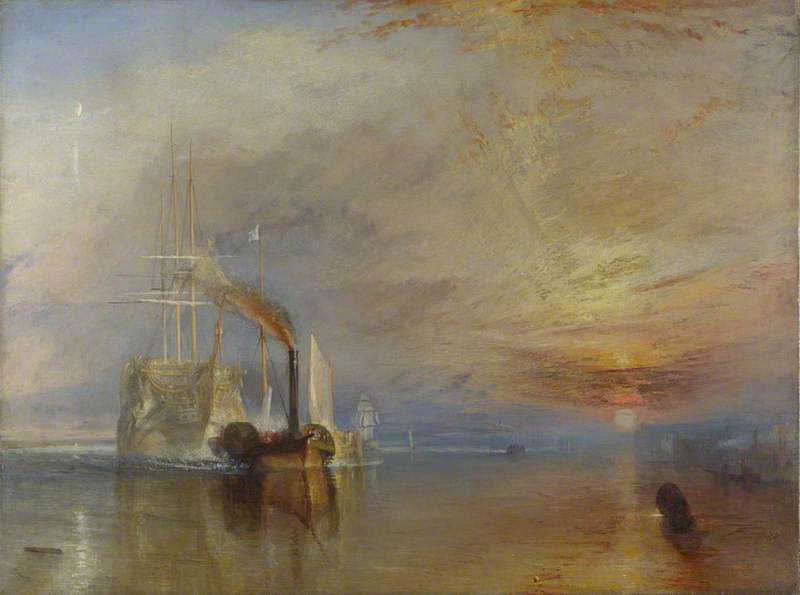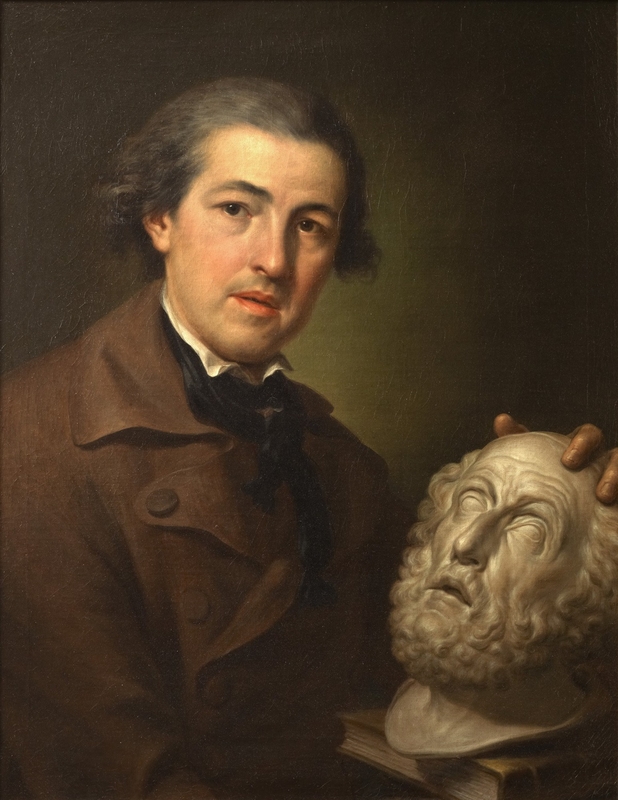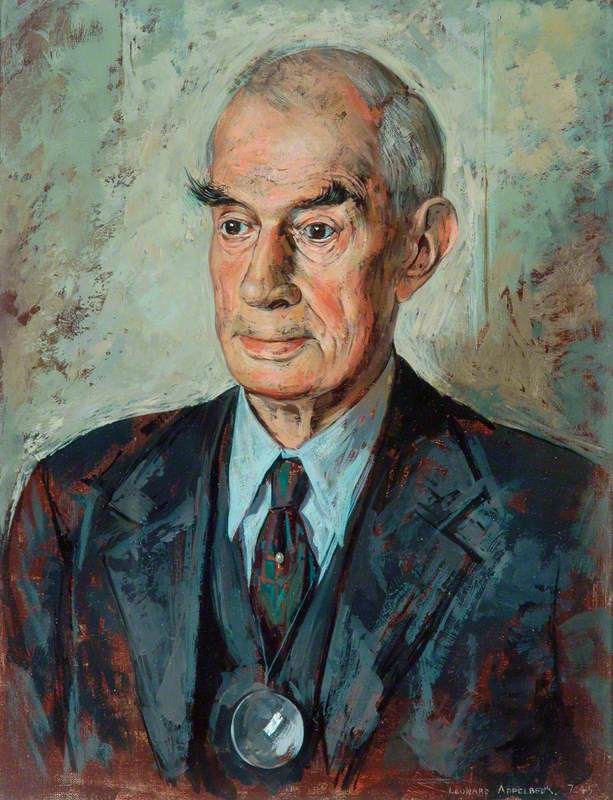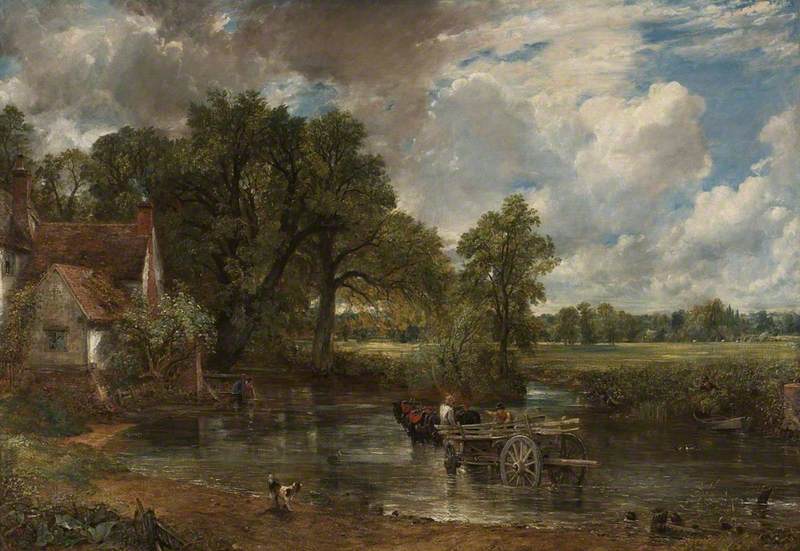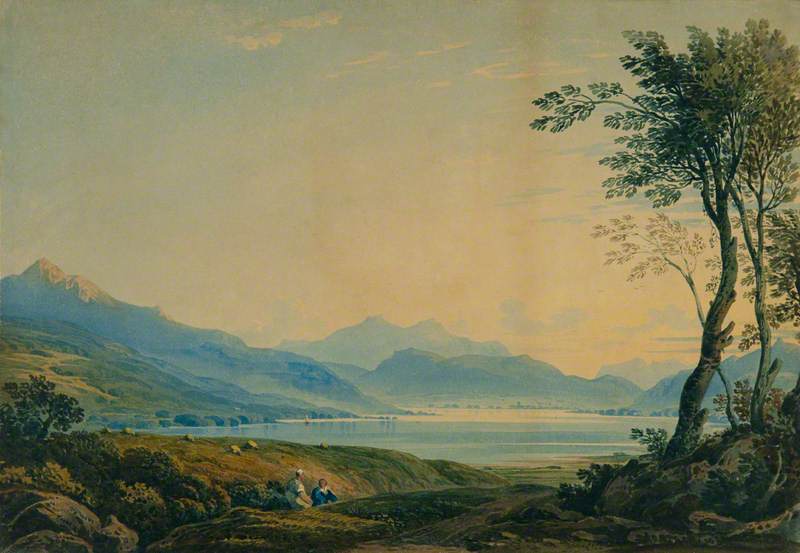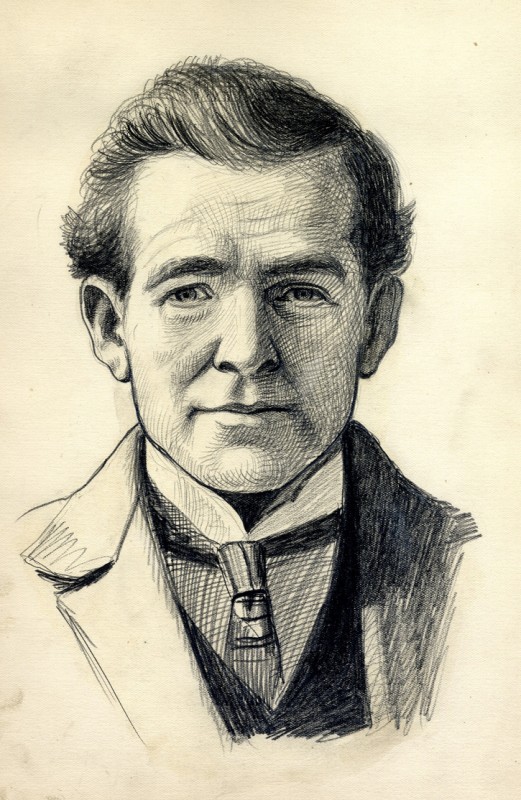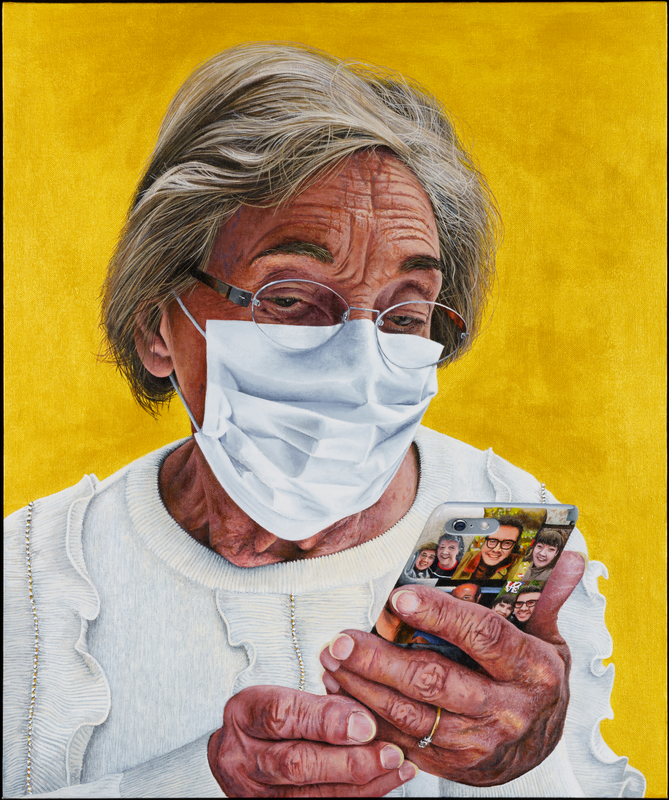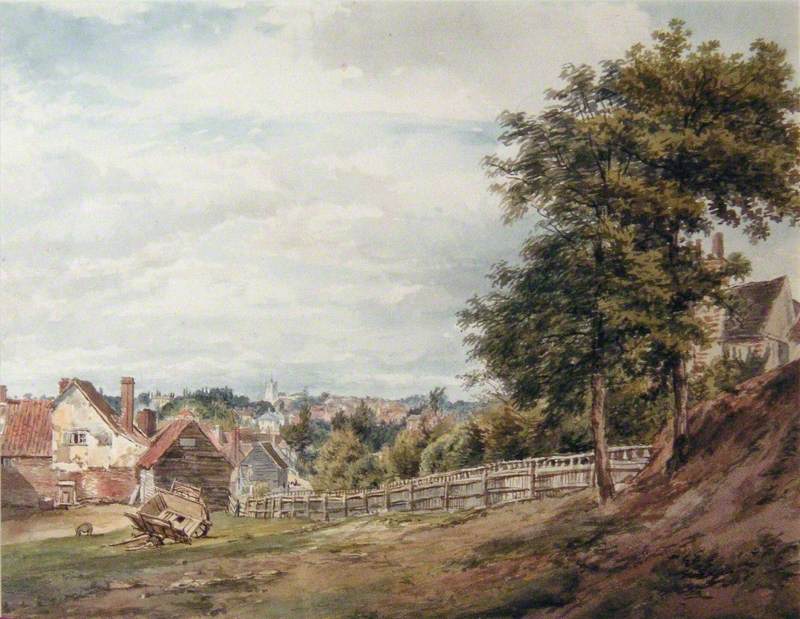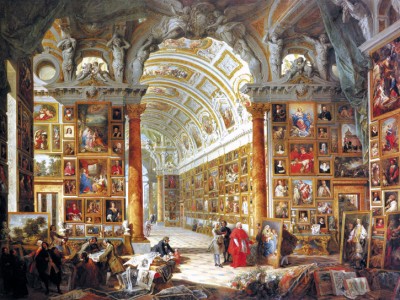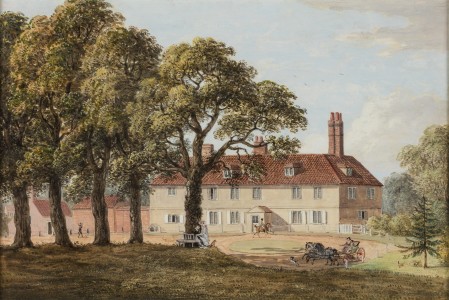Gallery Oldham is currently showing an exhibition of our fantastic collection of watercolour paintings, on until 15th April 2017. The works were collected over a thirty year period by Charles Edward Lees, a prosperous industrialist with a keen interest in art. Lees was the grandson of Samuel Lees, a man who had made significant money from his iron works which supplied the mills of Oldham during the nineteenth century. Charles’ father Eli Lees had cannily expanded into the textile industry at the point at which Oldham was moving towards becoming the biggest textile spinning town in the world.
Charles Lees bought his first works of art in the 1860s. The works he bought around then were fairly traditional, in terms of academic themes and subjects. In the 1870s his father Eli introduced him to William and George Agnew, art dealers in London and Manchester. Their subsequent friendship was a major factor in Charles Lees’ development as an art collector.
A Swiss Alpine Valley
(possibly St Gothard) 1843
Joseph Mallord William Turner (1775–1851) 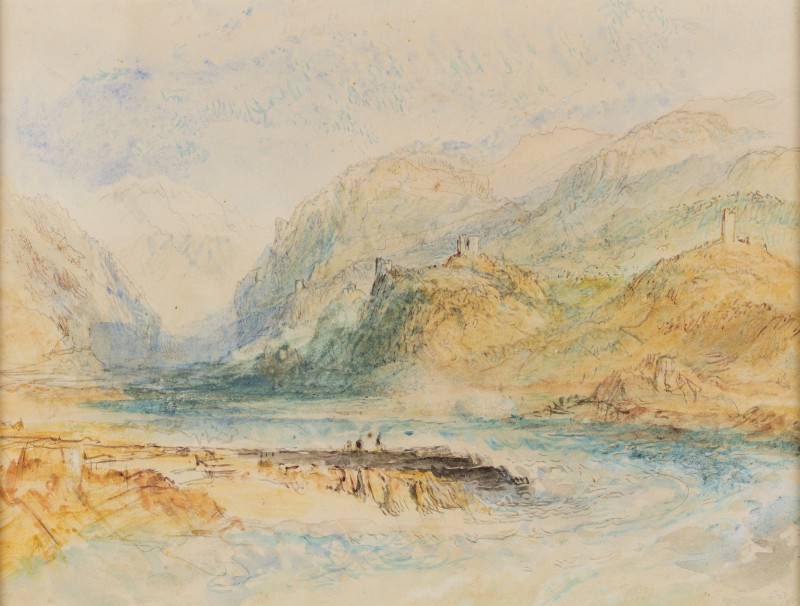
This superb collection includes works by a roll call of celebrated eighteenth- and nineteenth-century watercolourists including J. M. W. Turner, John Cozens, Paul Sandby, Thomas Girtin, Peter de Wint, Francis Danby and John Constable.
Lees’ entire collection numbered around 300 paintings, from which he selected 80 to give to the people of Oldham.
During the nineteenth century, watercolour painting was growing in popularity among the newly rich. Wealthy men such as Charles Lees, whose families had made their money in the last few generations, led different lives from the more established wealth, the aristocracy. Traditionally, those with significant amounts of money had collected oil paintings, with classical subjects. Watercolour had been thought of as best used for sketches, but during the first half of the
When this collection was originally given by Charles Lees, some of the paintings were not in particularly good condition. Largely this was due to the fact that they had been kept in Lees’ home, where temperature and humidity would have changed from hour to hour, as in any home.
In 1896, two years after Charles Lees’ death, a member of the public wrote a letter to the Oldham Chronicle complaining about the condition of the watercolours, accusing the council of neglecting its duties. The Chief Librarian was brought before the council committee to answer this charge. A report from this meeting was published in the Oldham Chronicle on 4th July 1896.
Alderman Goodman is quoted as saying that he wished the council and the public to ‘understand that the drawings were in that state when they got them.
The irate member of the public would be pleased to know that the collection underwent an extensive conservation programme in the late 1980s and early 1990s, and 120 years on from his complaint, the collection is in a good condition. Like all watercolours, these paintings are light sensitive. This means that each time they are exposed to light, they fade ever so slightly, so they cannot be kept on permanent display. For the past few
It’s hard to select favourites from the collection, but some of the stand-out pieces for me are Two Great Temples at Paestum and Ruins of Paestum near Salerno: The Three Temples by John Robert Cozens.
Born in 1753, John Robert Cozens was the son of Alexander Cozens, also an artist. Cozens’ style is distinctive, as he tended to use a limited colour palette, often using only greys, blues and greens to create
From Cozens’
These two paintings are well-known internationally, having been included in exhibitions on the subject of Cozens and British watercolourists in Switzerland, China, Japan, the United States of America, Germany and various parts of the UK.
Another painting which I find interesting is By the
This is the most modern work in the collection, painted in 1888, the year of Lees’ gift. It was given to the museum separately from the main gift, towards the end of the year. Most of the collection was built up retrospectively – this is the only example of really contemporary practice that Lees donated, although there may well have been others which remained in his private collection.
We can assume that he wished to illustrate the developments in watercolour painting which had taken place over a 130 year period, from the earliest painting – Old House with Figures by Paul Sandby – to the late 1880s.
Rebecca Hill, Exhibitions and Collections Curator (Art), Gallery Oldham
The free exhibition ran until 15th
Further reading
Watercolours: The Charles Lees Collection (Oldham Art Gallery, 1993)
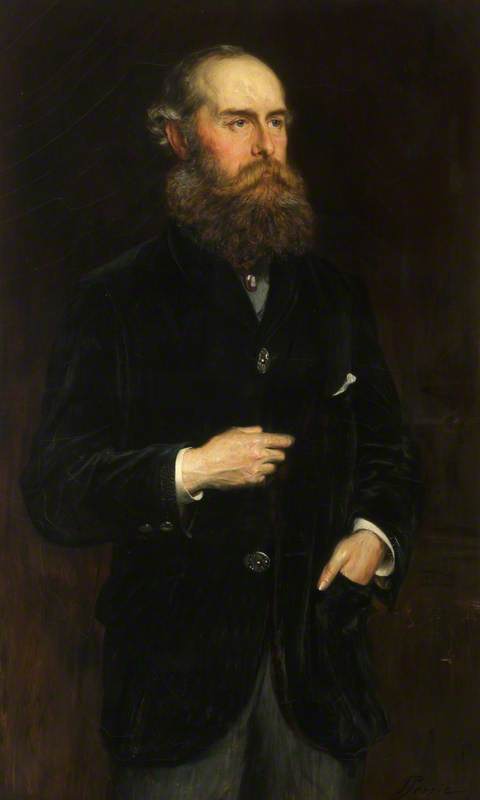
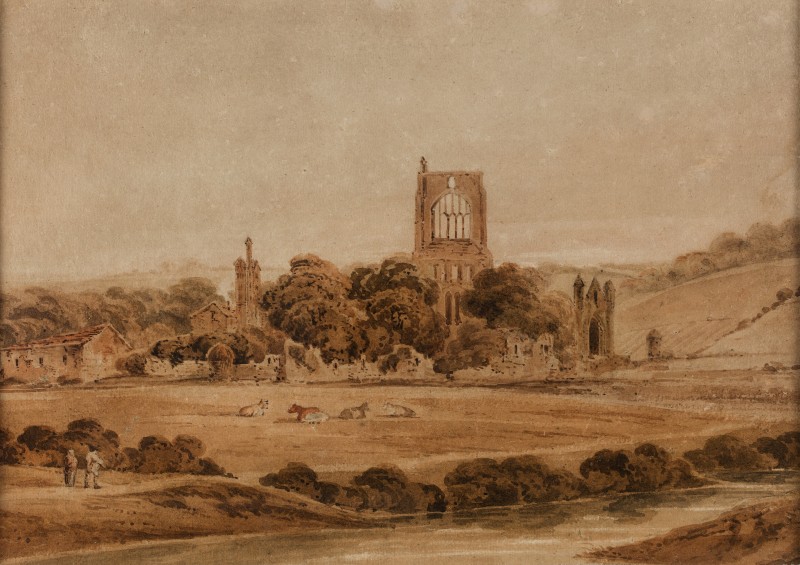
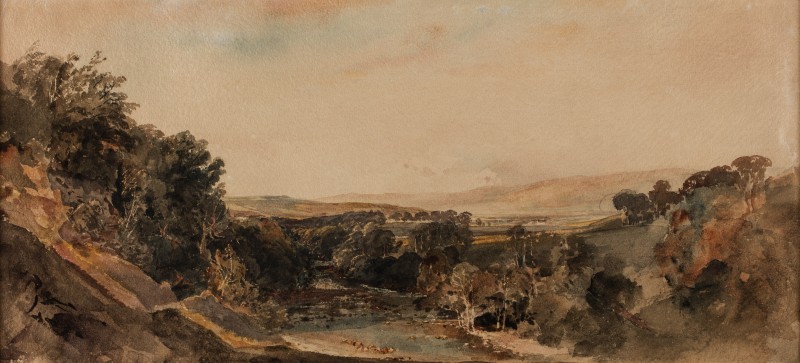
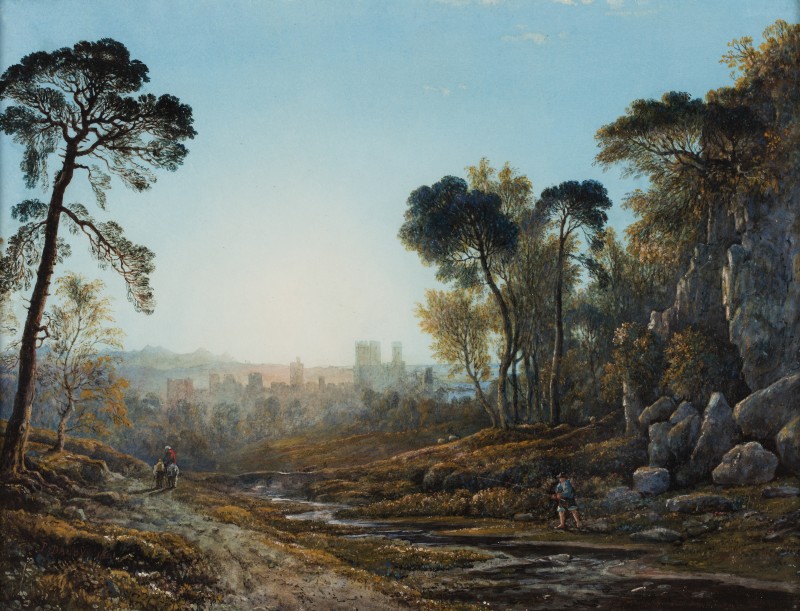
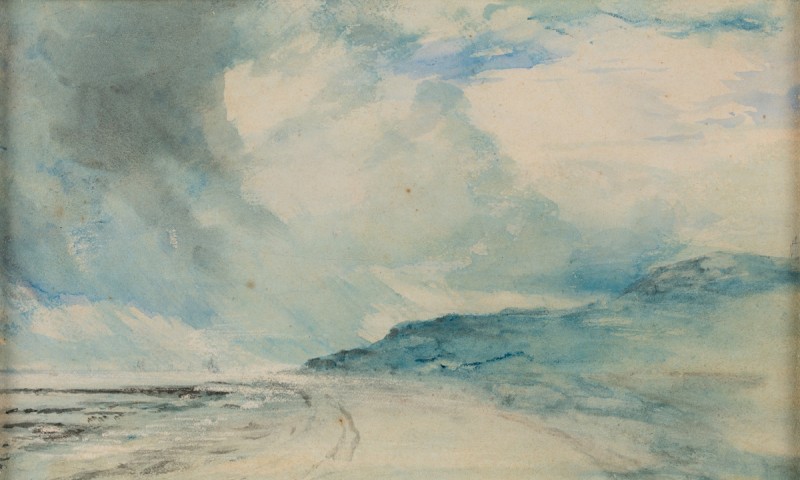
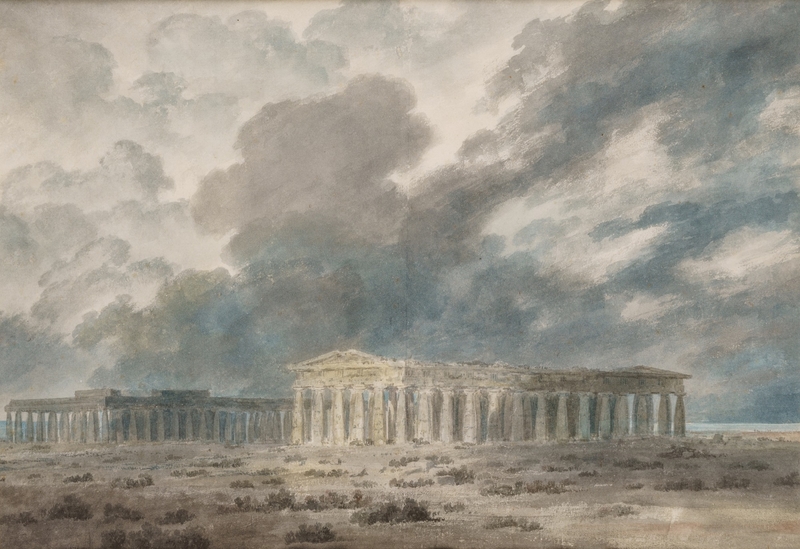
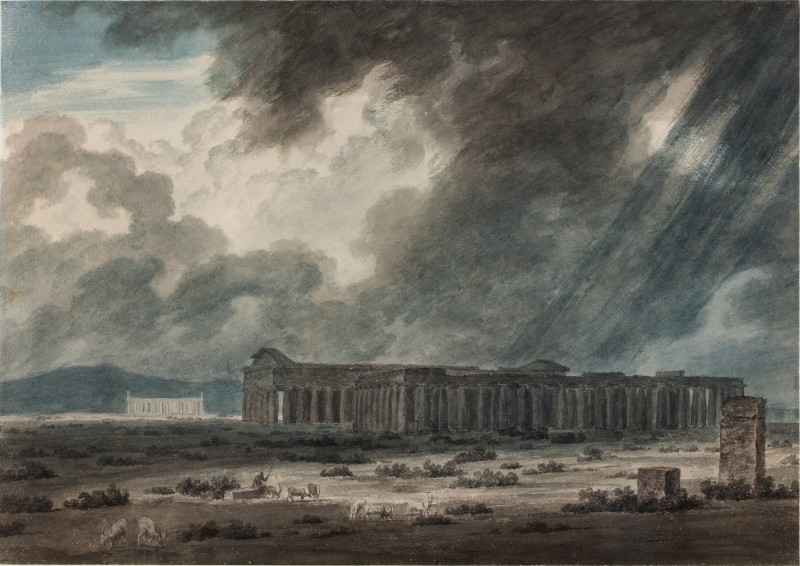
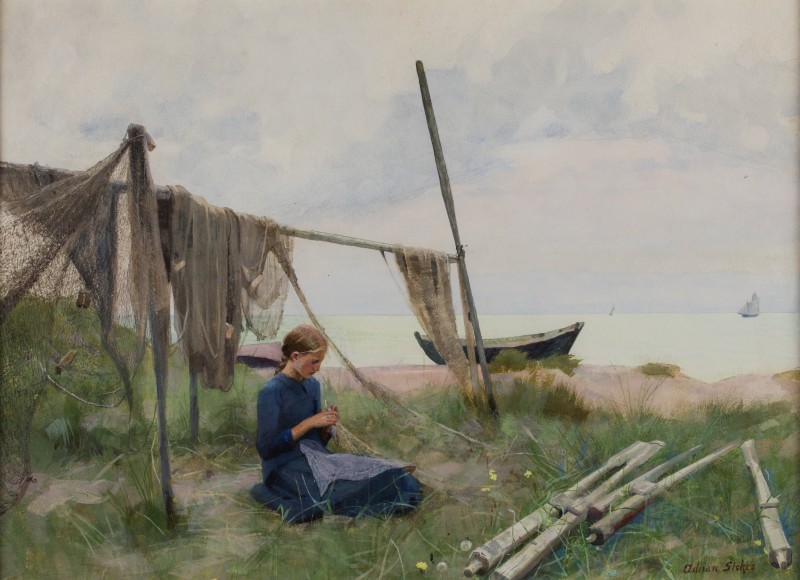

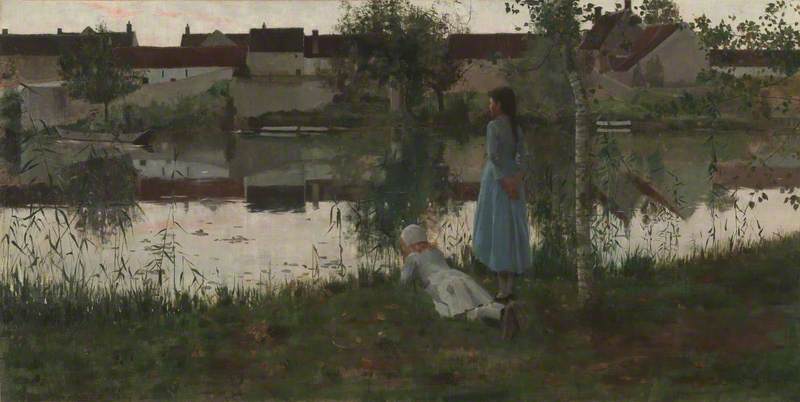

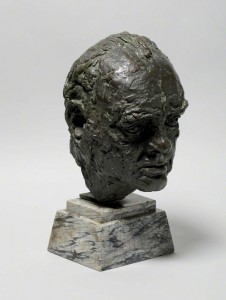
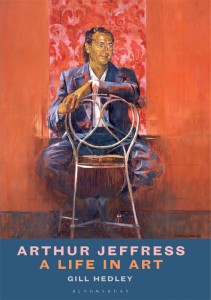
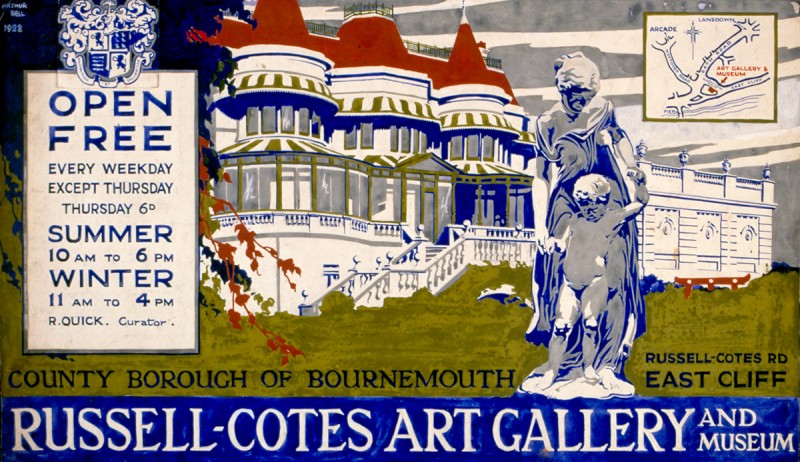
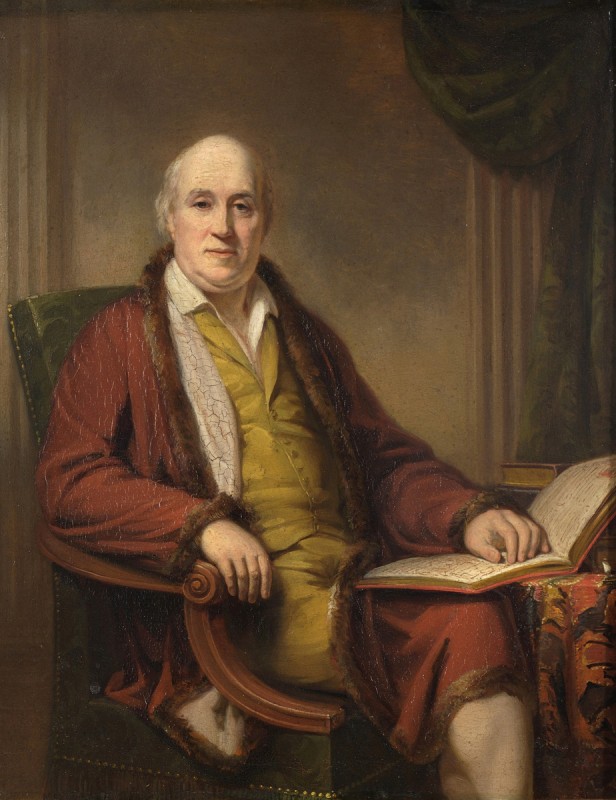
.jpg)
